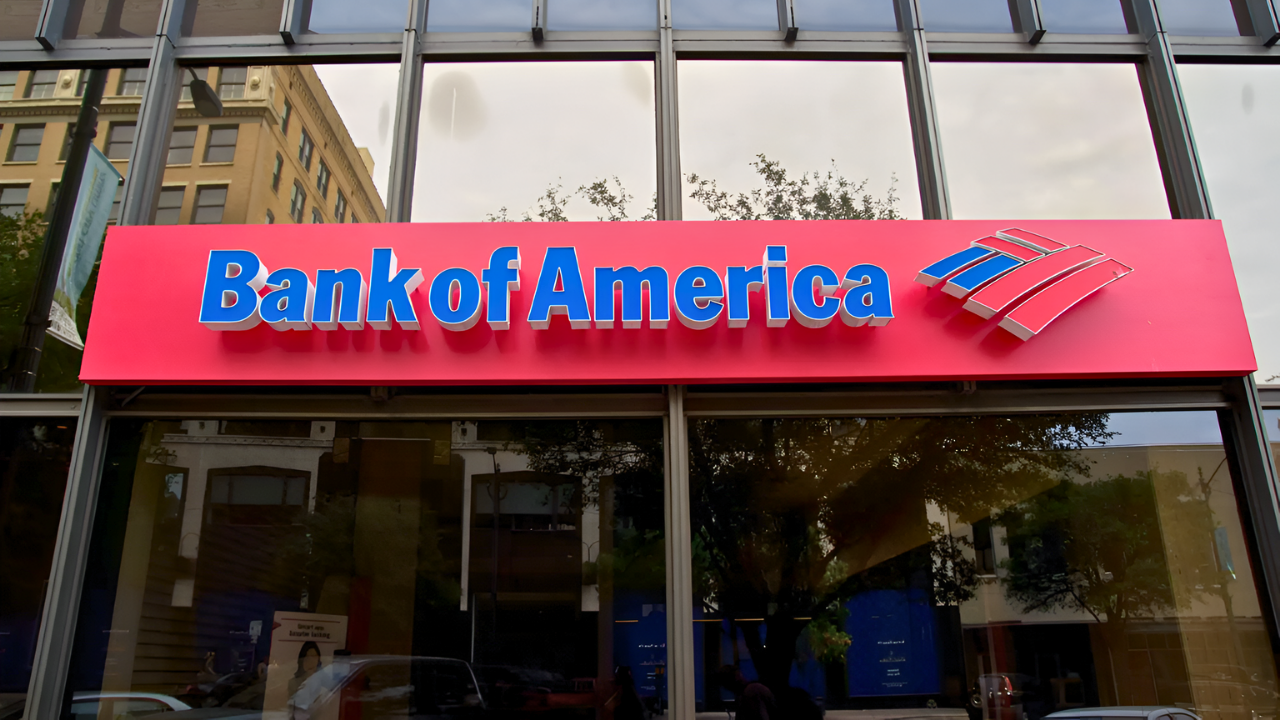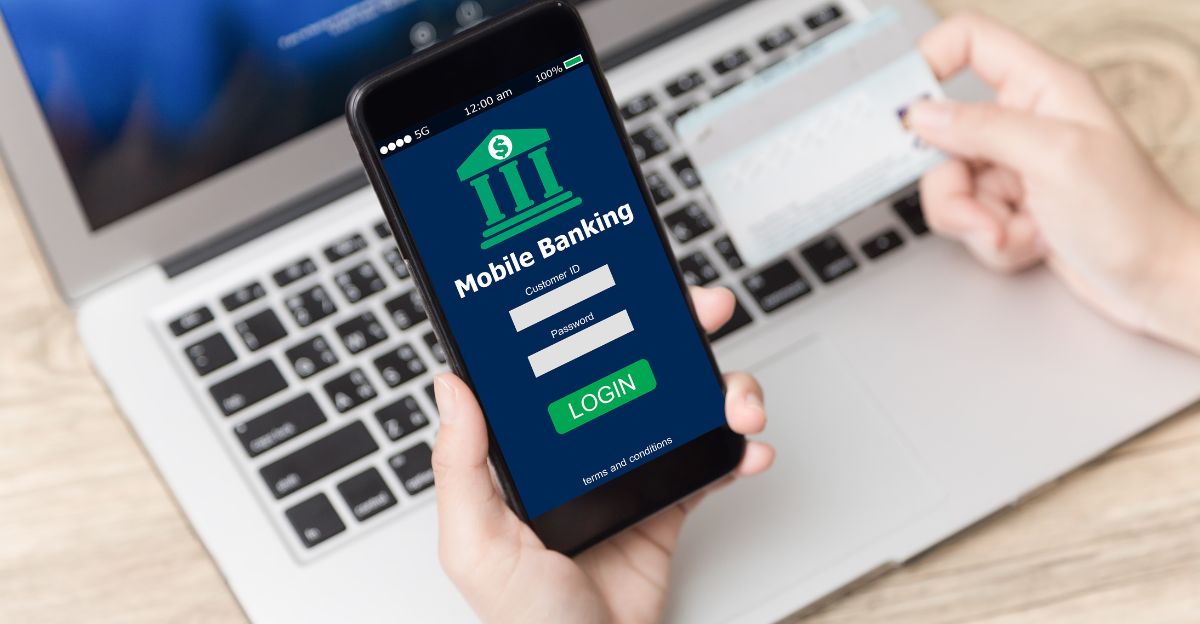
As the banking landscape shifts further into the digital age, Bank of America will close all in-person branch services at approximately 3,800 locations across the United States for 24 hours on November 11 and November 27, 2025. These closures, aligned with Veterans Day and Thanksgiving, reflect a broader industry trend of synchronizing operations with the Federal Reserve’s holiday schedule and adapting to changing consumer habits.
Federal Reserve Holidays Prompt Industry-Wide Pause
The decision to shutter branches on these dates is not unique to Bank of America. Major banks including Chase, Capital One, and Citibank will also suspend in-person operations in response to the Federal Reserve’s annual holiday calendar. On federal holidays, the Federal Reserve halts payment processing, which means banks cannot clear checks, process wire transfers, or settle certain transactions. By closing branches, banks align their operations with the federal payment system and reduce the risk of customer confusion or transaction delays.
This synchronization is increasingly important as more Americans rely on digital banking and as the pace of financial transactions accelerates. The closures serve as a reminder of the continued influence of federal payment cycles on everyday banking access.
Impact on Customers and Transactions

For customers who depend on in-person banking—such as those needing large cash withdrawals, cashier’s checks, or access to safe deposit boxes—the closures will mean a full day without branch services on both holidays. Any payments or transfers initiated on November 11 or 27 will not be processed until the next business day, potentially affecting bill payments, payroll deposits, and urgent transactions.
While ATMs and mobile banking platforms will remain available, some services—especially those requiring staff assistance—will be inaccessible. Customers are encouraged to plan ahead by scheduling payments before the holidays and ensuring they have sufficient funds or access to cash for any immediate needs.
Digital Banking Accelerates as Branches Close

With physical branches temporarily shuttered, banks are directing customers to digital channels. Mobile apps and ATMs will continue to operate, allowing most routine transactions to proceed uninterrupted. This shift is part of a broader industry transformation, as banks invest heavily in online platforms to meet customer needs during closures and beyond.
The temporary shutdown also highlights the growing appeal of online-only banks and fintech services. As traditional banks pause in-person operations, digital-first competitors may attract new customers seeking uninterrupted access to financial services. This trend is expected to accelerate the migration toward digital banking and intensify competition within the sector.
International Payments and Local Communities

The Federal Reserve holiday schedule affects not only domestic banking but also international trade. Businesses engaged in global commerce may experience delays in cross-border payments and wire transfers, which can disrupt supply chains and international settlements. For multinational companies, the closures underscore the importance of anticipating U.S. banking holidays when planning financial operations.
At the community level, the closures will impact branch employees, who will observe the holidays along with the rest of the banking sector. For local economies—especially in areas where in-person banking remains vital—the closures highlight ongoing challenges in the transition to digital services. Seniors, small businesses, and rural communities may feel the effects most acutely, as they often rely on face-to-face banking and may have limited access to reliable internet or digital devices.
Regulatory Oversight and Policy Considerations
Large-scale branch closures have drawn attention from policymakers and regulators. The Office of the Comptroller of the Currency requires banks to provide advance notice for branch closures, ensuring transparency and oversight. Regulators are monitoring the balance between operational efficiency and consumer access, particularly as the industry moves toward a more digital future.
The closures also prompt broader policy discussions about financial inclusion. As banks streamline operations and reduce physical footprints, ensuring equitable access to banking services for all communities remains a central concern for regulators and advocacy groups.
Preparing for a Digital-First Future

For many consumers, the upcoming closures serve as a prompt to embrace digital banking tools. Experts recommend setting up automatic payments, familiarizing oneself with mobile apps, and keeping emergency cash on hand to avoid disruptions. These steps can help customers navigate not only scheduled closures but also the ongoing evolution of banking access.
As Bank of America and its peers adapt to federal holiday schedules and digital trends, the future of banking will likely feature a blend of physical and virtual services. Ensuring that this transition supports both efficiency and accessibility will be a key challenge for banks, regulators, and communities alike. The stakes are high: the way Americans access their money is changing, and the industry’s next steps will shape the financial landscape for years to come.